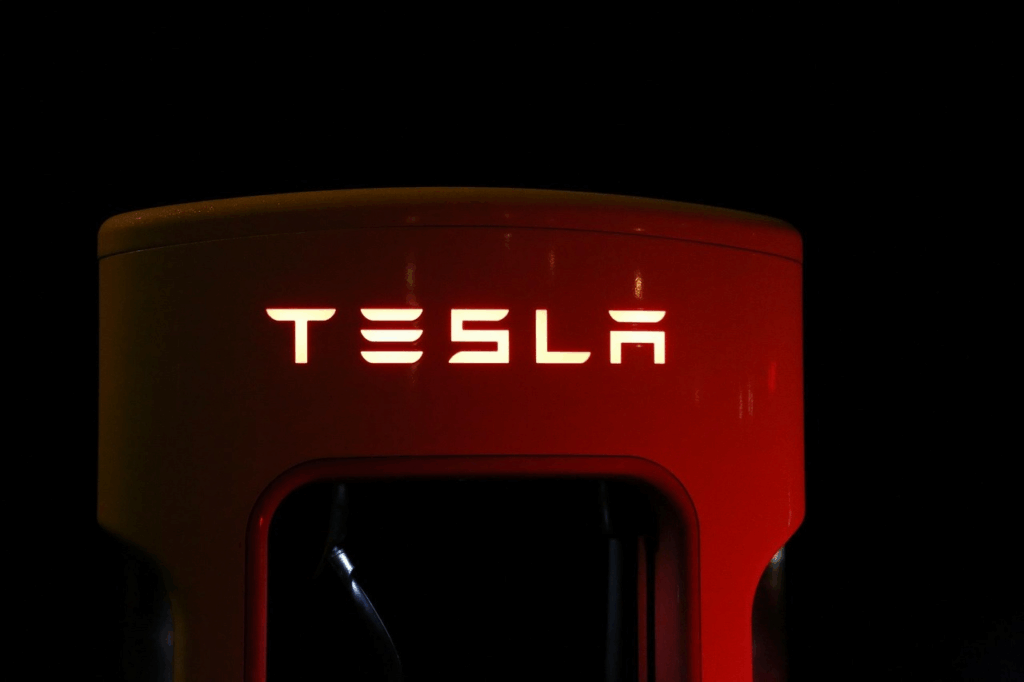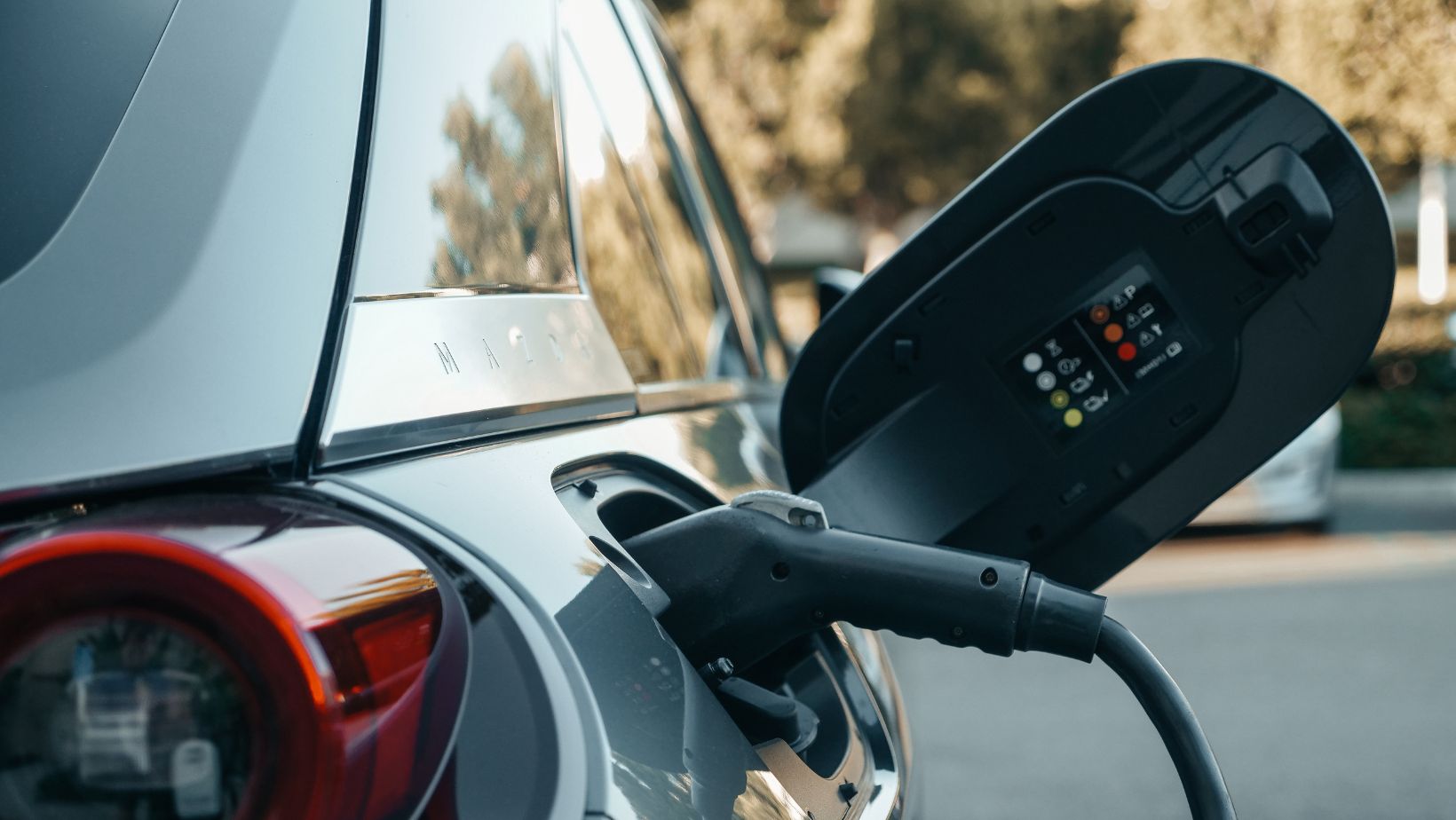Tesla remains one of the most watched companies in the world. With growing competition in the electric vehicle (EV) space, investors’ big Q beckons: what’s next — and why should I invest now, if at all?
In the wake of political instability surrounding Tesla’s CEO, Elon Musk, Tesla’s investors are quickly picking up lessons, setting themselves up for another possible showdown once the company’s Q2 earnings report is out. The recently embattled firm’s report is expected to highlight international growth, especially in Europe and China.
Analysts had predicted a year-over-year revenue growth of 12%, with the company’s UK EV adoption recording a jump of 18% in the last year — a promising sign for Tesla’s global strategy.
In addition to earnings forecasts, Tesla is focused on expanding its global infrastructure. Its Shanghai Giga-factory continues to be a key hub, with recent upgrades allowing for faster output. Meanwhile, the Berlin Giga-factory has started delivering more localized vehicles, which may drive European market penetration in the coming months.
Tesla’s global delivery network is also improving, helping reduce logistics delays. The company recently announced a partnership with local logistics firms in Europe to reduce transport time by 20%.
The EV race isn’t just about cars. Tesla’s involvement in solar energy and grid-scale batteries adds another layer to its expansion plan. These areas may contribute significant revenue in the next five years, complementing its vehicle division. Tesla’s solar roof installations, while slow to scale, offer long-term growth potential, especially in countries offering green energy incentives.
Will Battery Innovation Shape the Future?
Tesla is investing heavily in next-generation battery tech. The company’s 4680 battery cell project could potentially increase vehicle range by up to 30%, reduce production costs, or accelerate deliveries in Europe and the UK.
Tesla’s approach to battery sourcing and production has created a significant moat. With its acquisition of lithium mining rights and partnerships with suppliers, the firm is minimizing raw material risks. As more governments roll out EV incentives, having a cost-efficient supply chain will undoubtedly be crucial.
In essence, Tesla’s battery innovations aren’t only for cars. The same technology powers Tesla Powerwalls and Megapacks, which are now being deployed in Australia and California at a utility scale. The rechargeable lithium-ion battery crossover technology strengthens Tesla’s market position across sectors.
The Megapack is already being used to support national power grids. For example, the Victorian Big Battery in Australia utilizes Tesla technology to stabilize energy loads, a proof of concept that could lead to widespread adoption.
How Are Global Markets Reacting?
As expected, the world hasn’t been quiet.
In recent times, Norway and the Netherlands remain two of Tesla’s strongest European markets, plummeting Elon’s sales in two of its once sizable markets. But the UK government seems to be opening new markets with plans to ban new petrol and diesel cars by 2035, boosting EV demand.
Tesla’s Model Y became the best-selling car globally in early 2024, surpassing even non-EV competitors.
Tesla’s expansion into Southeast Asia is another area to watch. With Thailand, Indonesia, and Vietnam introducing tax breaks for EV manufacturers, Tesla may soon localize production in the region. These markets also represent early-stage growth opportunities, with relatively low EV penetration rates.
China remains a mixed bag. While Tesla sells well there, it faces competition from local brands like BYD and NIO. Tesla’s pricing strategy in China, which includes frequent discounts, shows its intent to retain market share.
What does this mean for Investors?
In simple investment terms:
- Tesla’s gigafactories in Germany and Texas are scaling up.
- The global EV market is expected to grow to $1.1 trillion by 2030.
- UK-based EV buyers may benefit from lower costs soon.
- Tesla’s energy division could outpace auto in revenue by 2030, according to some forecasts.
- Institutional interest remains strong, with Tesla still part of many major ETFs.
Tesla continues to innovate through its Full Self-Driving (FSD) software. Although not fully autonomous, the system is evolving with each update. With regulators in Europe and the UK monitoring FSD more closely, compliance could enable Tesla to launch ride-hailing services in the coming years.
Tesla’s revenue diversification is also expanding. Insurance services, branded vehicle maintenance packages, and in-app services like Netflix streaming may all play a role in Tesla’s recurring revenue model.
As for Tesla’s stock performance, recent analyst ratings remain mixed. Some cite the company’s valuation as stretched, while others point to long-term innovation and infrastructure build-out as reasons for bullishness.
Ultimately, the company’s next earnings call will provide the much-speculated clarity on what’s next for the automotive and clean energy giant. In the meantime, as Tesla continues to deliver on production, innovation, and infrastructure, experts reckon it could remain a dominant force in the evolving automotive landscape.



More Stories
Free AI Tools to Clone Your Voice for Trading Tutorials
Bullish Pennants Explained: How to Trade This Powerful Pattern
Breaking Down Order Flow: How Network Routes Impact Your Trading Execution